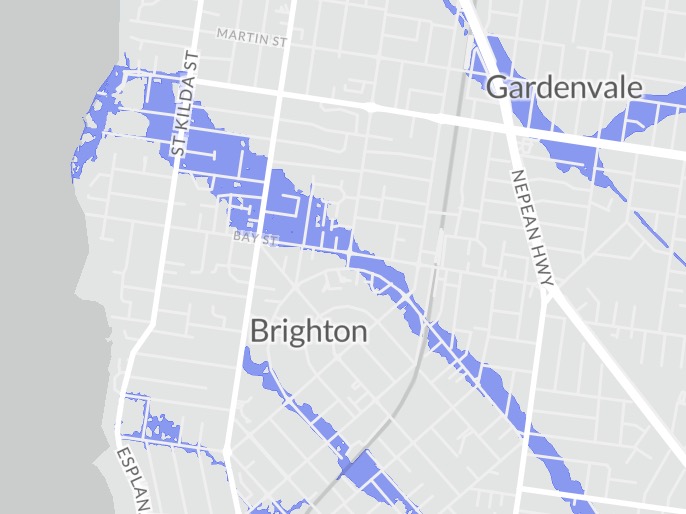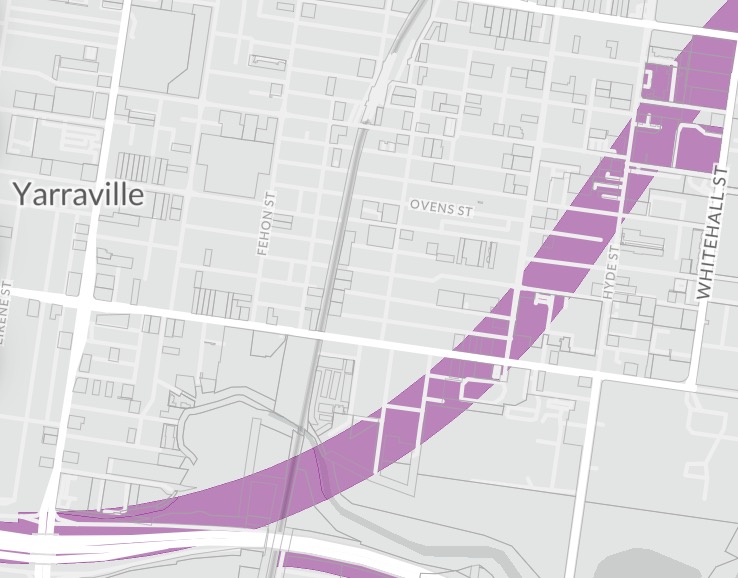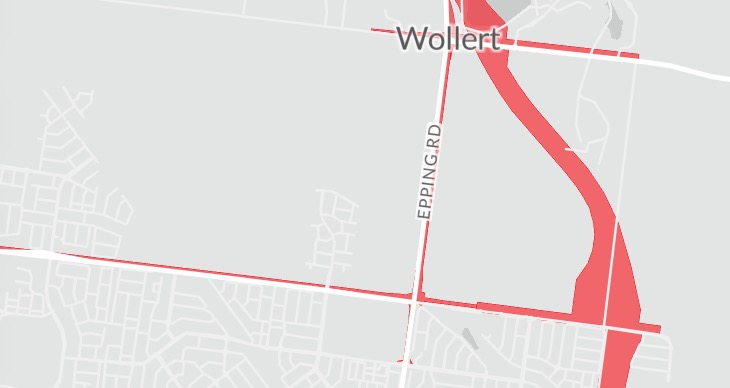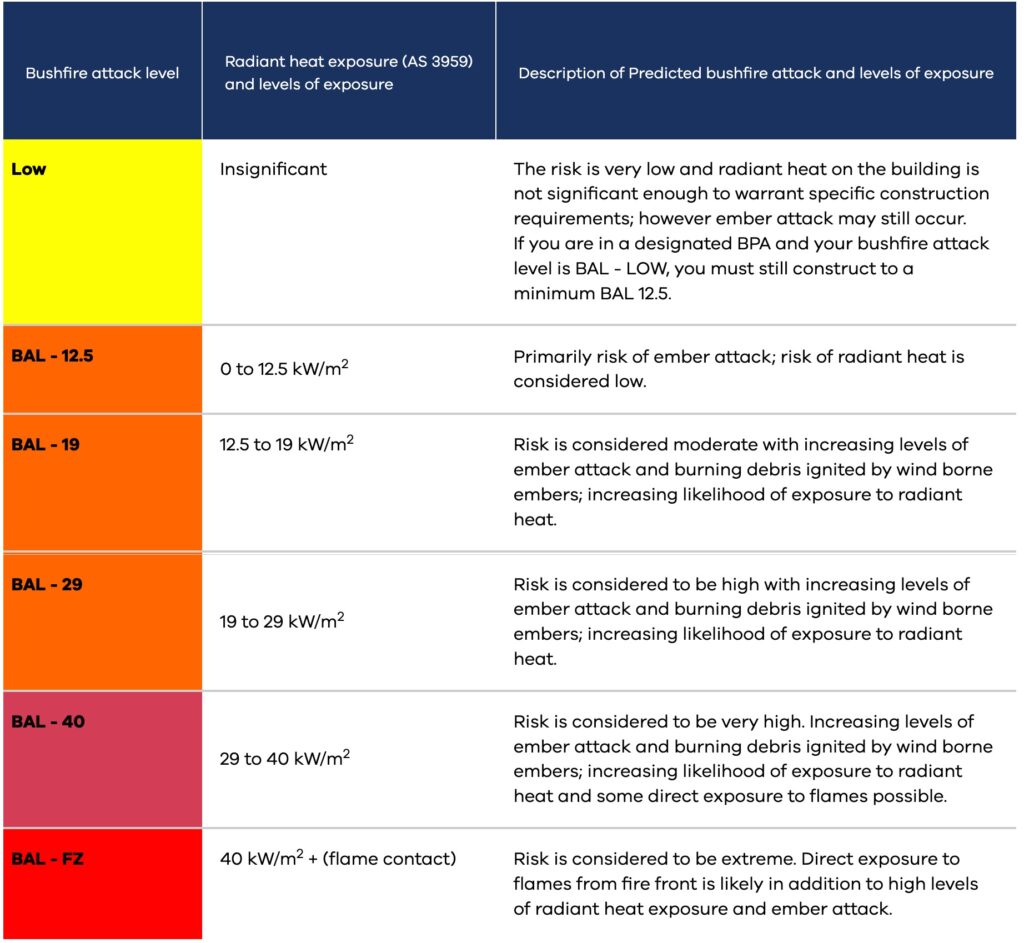Overlays are often misunderstood, and sometimes the presence of an overlay is not even noted by purchasers. They feature for a reason, though, and sometimes an overlay can restrict the use of the land and/or add significant costs.
Many of us are familiar with the concept of a heritage overlay. This generally applies to period properties (and precincts) and usually restricts an owner from bulldozing a dwelling. Heritage overlays vary, however and they can range from non-contributory, (sometimes enabling a redevelopment of a site) through to paint controls, chimney preservation and even tree protection. What is important to note is the specific heritage control and the impact of this on any future plans for the site. Many buyers underestimate the cost and time implications of renovation plans when it comes to heritage homes, particularly those sharing a party wall. Heritage advisors, delapidation reports and preservation efforts can run up costs significantly, not to mention the frustration involved with the neighbourhood consent process. When neighbours have the opportunity to review proposed plans, a bespoke design in a heritage overlay area can often open a can of worms.
I’m often asked if I can avoid targeting properties with heritage overlays due to the heightened restrictions, but heritage overlays offer some positives. An entire street with heritage overlay coverage can spell a protected, pretty street for future decades.
There is something to be said for preserving the character of a residential pocket.
Heritage overlays are commonly discussed, but there are plenty of other overlays that buyers should be aware of.
In Victoria, we often identify a Special Building Overlay. Unlike a Flood Overlay (or Subject to Inundation Overlay), which almost always reflects heightened risk and elevated insurance premiums, a Special Building Overlay is more of a precursor to water-related risk. This partiicular overlay identifies areas that cope ‘less’ well in times of heavy rainfall. It relates to an areas inability to drain water quickly, and it certainly impacts sub-terrain designs. Do we avoid them? Not always, but we certainly ask questions about our buyer’s plans for the property and we always conduct an online insurance quote for any indication of heightened premiums
After all, insurers are particularly good at identifying risk.
The interesting thing about Special Building Overlays (SBO) is that their footprint changes. Our water-related overlay footprints are expanding in some areas as global warming increases sea levels. Melbourne’s Brighton is a case in point.

In and around Melbourne’s historical industrial areas (mostly inner north and inner west) we will often come across Environmental Audit Overlays. They usually hark back yesteryear’s chemical industries and may involve land remediation and environmental soil monitoring and testing.
Circling in closer to Melbourne’s west, the Design and Development Overlay map became particularly useful when the Westgate Tunnel Project got underway. Relying on the State Government’s basic stylised maps was not all that helpful in terms of identifying specifically which blocks the tunnel ran under, but this planning map gave us significantly more visibility. The Design and Development overlay is in purple.

Another interesting overlay that we pay particular attention to is the Public Acquisition Overlay. The future purpose can vary, but it’s often where land is earmarked for road widening. It spans a lot of suburbs in Melbourne, from inner locations like Footscray to fringe locations where traffic congestion is projected to grow. Below is an example.

The Bushfire management overlay is one of the most significant and widespread overlays on our planning maps for the state. For context, the below image illustrates the breadth of this footprint. Building codes (and costs) are impacted by this overlay and the Victorian Building Authority assists owners with determining the severity/risk.

For anyone who has built in a BAL FZ location, building regulations and build costs are far headier than most would imagine. However, they exist for good reason.

Overlays aren’t necessarily negative, but they are very important.
Often they are identified in a thorough legal review of a contract, but a call to the local planning department can assist buyers with their due diligence steps also.
REGISTER TO OUR NEWSLETTER
INFORMATION
CONTACT US
1A/58 ANDERSON STREET,
YARRAVILLE VIC 3013
0422 638 362
03 7000 6026
CATE@CATEBAKOS.COM.AU
